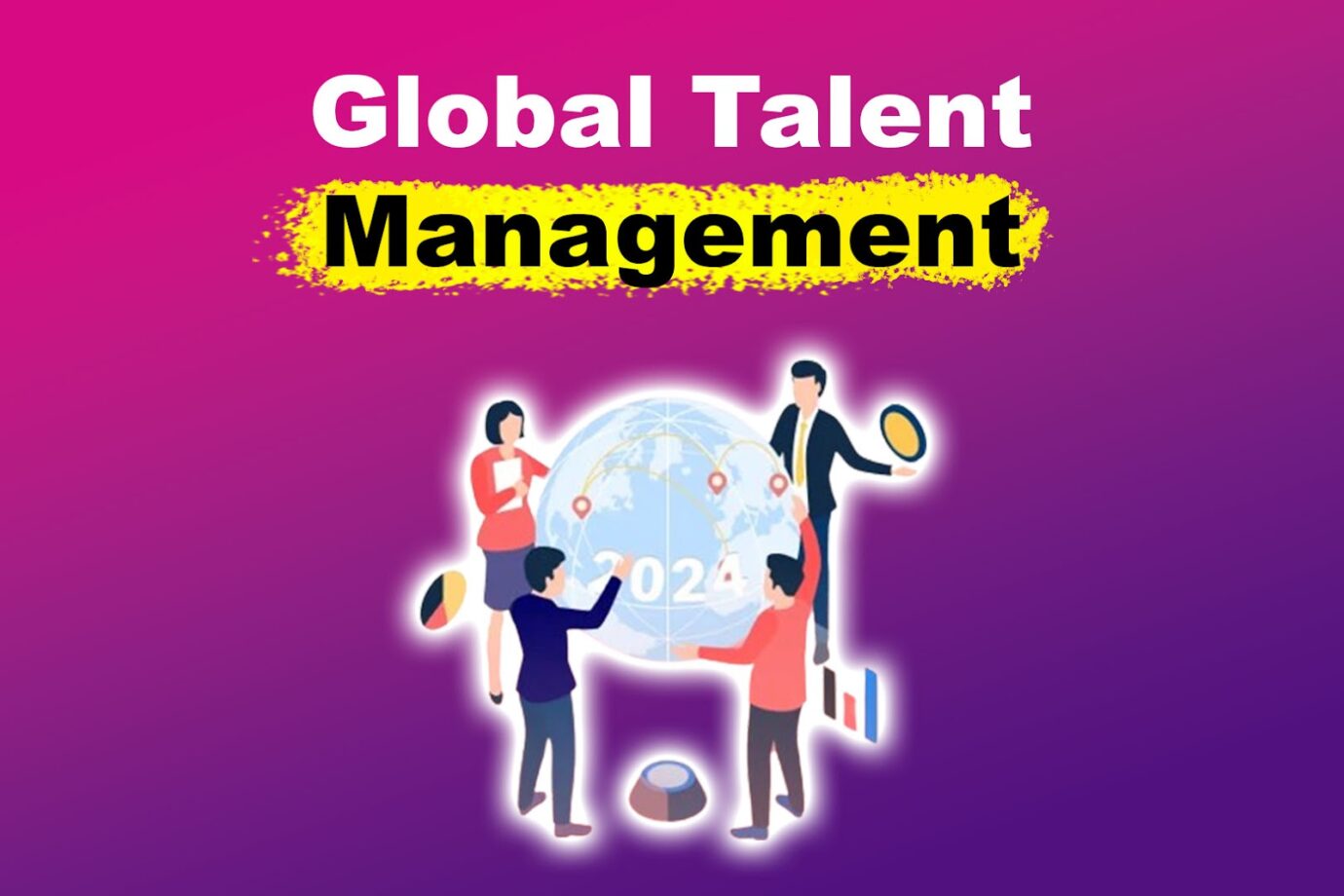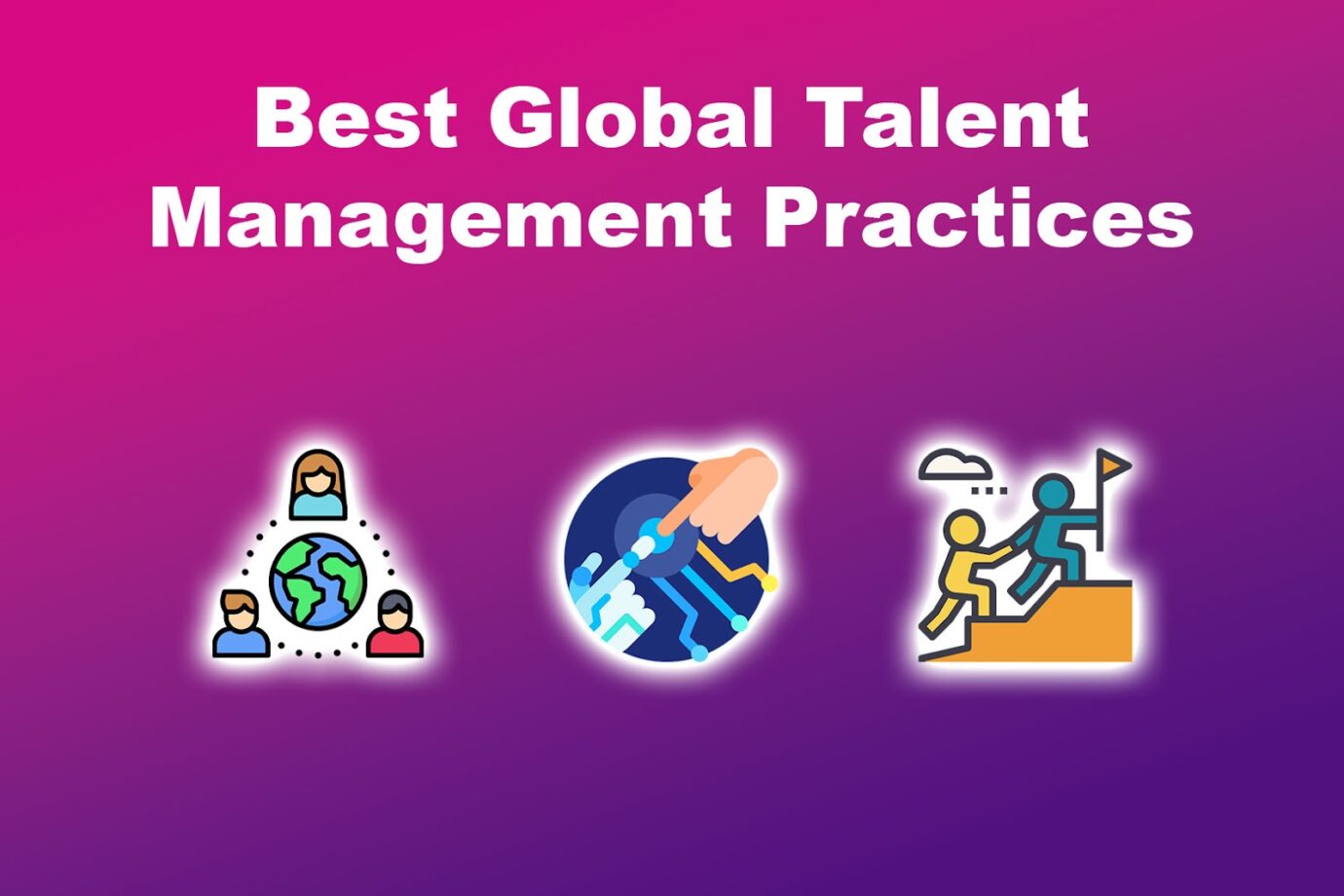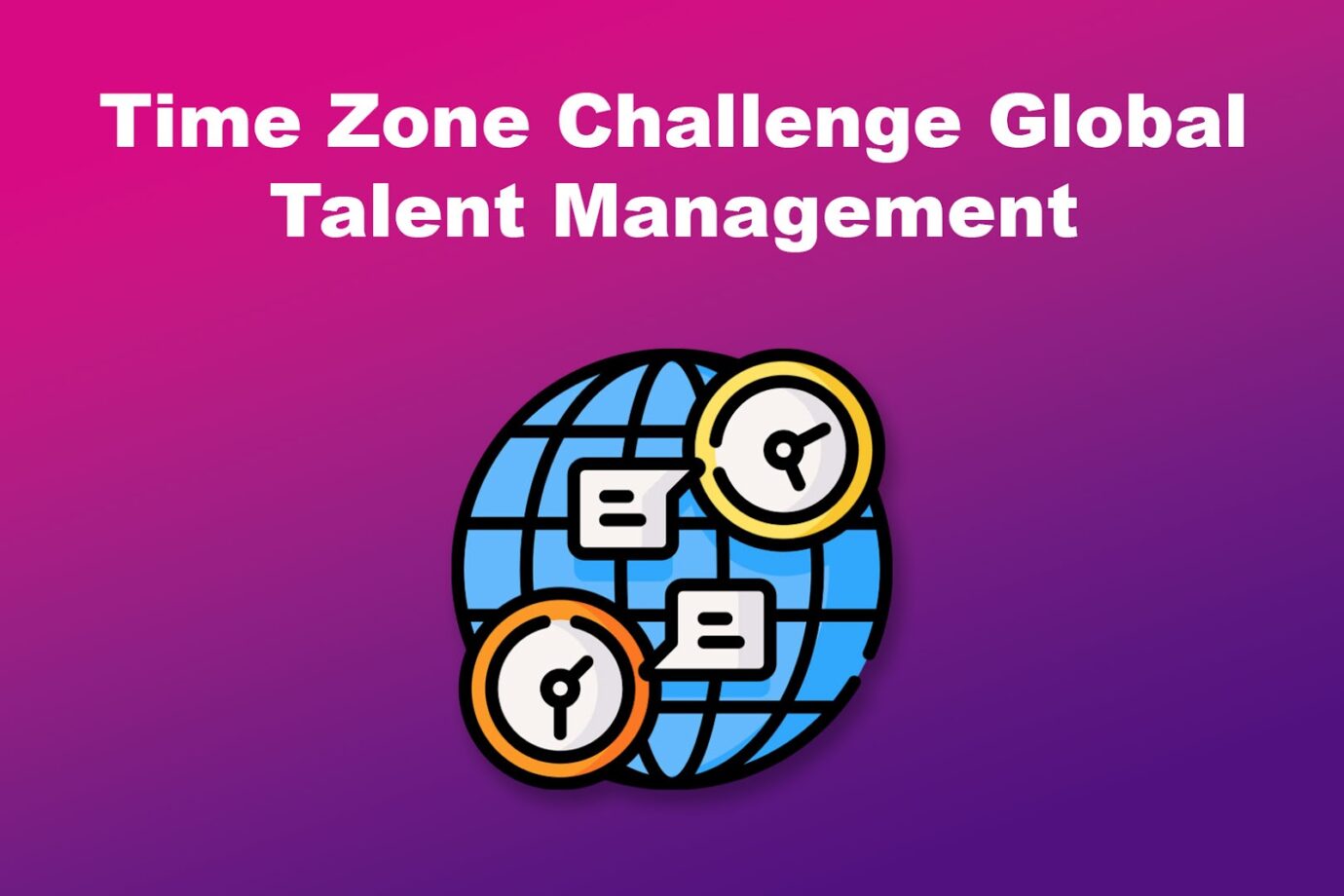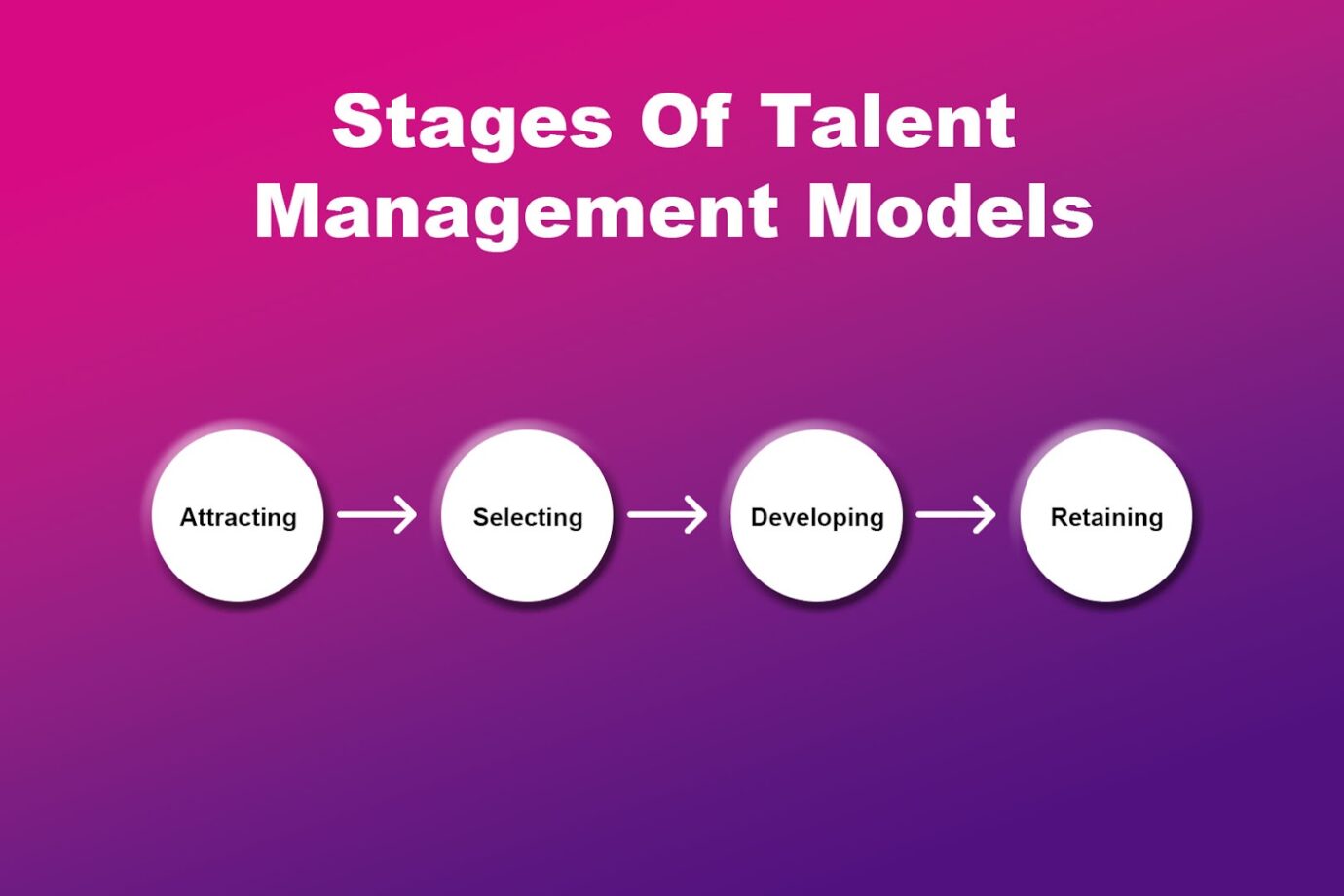With the universal acceptance of remote work, companies can now compete without borders, making global talent management an essential strategy for finding the right skills.

As a result, companies can build a diverse and skilled workforce that enhances productivity and innovation and fits their culture and goals to drive success.
This article will explain what global talent management is, its importance, and the common challenges. Keep reading!
What Is Global Talent Management?
Global talent management is a strategy that organizations use to find, develop, retain and deploy talent on a worldwide scale. It involves identifying, recruiting and implementing a method to keep the top performers.
This ensures the company has the right mix of talent to achieve its objectives and gain a competitive edge in the market.
Find out the top reasons to hire a virtual assistant here.
Why Is Global Talent Management Important?
Here is why global talent management is important:
- Reduces Costs.
Global talent management allows companies to shift resources to locations with low labor costs, minimizing recruitment and employment benefits expenses. This move can result in significant savings. - Mitigates Risks.
Managing talent globally helps minimize potential problems associated with regulatory changes, political instability, and other uncertainties. This allows businesses to maintain operations even during regional disruptions, ensuring continuity. - Access to a Diverse Range of Talent.
Accessing diverse talent globally allows organizations to tap into unique ideas and insights from different countries and cultures. This fosters innovation and expands global reach. - Boosts Innovation and Competitiveness.
A globally diverse team brings unique ideas and approaches, enhancing innovation and helping organizations stand out in competitive markets. - Enhances Flexibility.
Global talent management allows organizations to deploy their workforce across different regions, enabling them to quickly respond to changing market conditions. As a result, businesses can adapt to shifts in demand and effectively seize new opportunities.
Best Global Talent Management Practices

These are the best global talent management practices that an organization can adopt:
- Strategic Alignment.
Ensure that global talent management and business strategy align to identify the skills and competencies needed for effective future growth. This practice also ensures that investments in global talent management help businesses achieve essential business outcomes. - Talent Acquisition and Retention.
This practice aims to attract and retain top talents globally. It involves creating an effective recruitment strategy, a positive work environment, and offering competitive packages. The goal is to keep employees motivated and committed to the organization. - Utilizing Technology.
Another critical aspect of the best global management talent practices is leveraging technology to facilitate activities and outcomes. This may involve using applicant tracking systems for recruitment or HR systems to manage employee data and streamline processes efficiently. - Developing Leaders.
Identify and offer training and development opportunities for potential leaders who inspire, influence, and innovate in the global business environment. This way, you can create a pipeline of capable leaders who will ensure the business’s long-term success. - Creating a Global Mindset.
It is also essential for organizations to understand and appreciate the cultural differences among their employees and operate within a global context. This encourages them to think beyond local boundaries and factor global perspectives into their decision-making. - Balancing Global and Local Needs.
Ensure the global talent management strategy addresses global business and local markets. This will optimize global talent and regional expertise, promoting a cohesive yet diverse organizational culture. - Managing Talent Mobility.
Effectively managing talent mobility within the organization supports career development and helps fill critical roles. It also improves employee engagement and promotes continuous learning.
Learn more about the best talent management practices from LinkedIn.com.
Challenges of Global Talent Management
While global talent management is advantageous, it also presents challenges that organizations must address to effectively utilize and retain top talent worldwide.
Here are the challenges of global talent management:
- Getting the Right Skills.
Finding the right skills and expertise can be challenging, even if you are willing to pay a high price. The constantly evolving technology also adds to the difficulty, as the required skill sets continually change. - Cultural Differences.
Managing a diverse culture with varying norms, work ethics, and values can be challenging and, if not handled effectively, may lead to misunderstandings.
For instance, some Asian cultures may prefer indirect communication, while Western cultures, such as Australia, may favor more direct communication, such as video calls. -
Time Zone Differences.
Global teams often work across different time zones, challenging communication and coordination. Scheduling meetings, managing workflow, and maintaining productivity can usually cause frustration. Workers may also struggle with work-life balance.
- Communication Barrier.
Alongside challenges in time differences, language barriers can also prevent effective collaboration. Various regions have different communication styles that may lead to misunderstandings, errors, frustrations, and strained relationships among the team. - Employee Motivation.
Keeping employees from diverse cultural backgrounds motivated can be challenging. An organization’s motivational strategy may not be one-size-fits-all, reducing efficiency and productivity. - Cost Management.
The costs associated with talent management in business are substantial. Recruiting, training, and retention expenses can accumulate, straining financial resources. Companies may also need to invest in resources that support global talent, which can be costly. - Legal Compliance.
Ensuring compliance with labor laws, tax regulations, and employment standards in multiple countries can be complex. This is true when aiming to maintain competitive and fair employment practices globally.
Check out more about the challenges of global talent management from LinkedIn.
What Are the 5 Stages of Talent Management Models?
These are the five different stages of talent management models:
-
Planning.
The planning stage focuses on preparing the company for its current and future needs. This involves understanding the skills required, positions, and the organization’s goals.
The organization can then ensure that the global talent management strategy aligns with the business goals.
- Attracting.
This stage aims to attract the right talents to the organization. To attract potential candidates, the company can create appealing job descriptions or market itself as an employer of choice. - Selecting.
This stage focuses on evaluating candidates and selecting the best from the talent pool. The organization might need to conduct interviews, assessments, background checks, and review qualifications to ensure the candidate fits the company’s role. - Developing.
With the right people in place, the focus shifts to helping global talent develop within the company. Organizations can provide mentorship, online courses, and career development programs. This ensures employees are well-engaged and growing. - Retaining.
Retaining employees may involve creating a positive work environment or offering competitive compensation packages to ensure they feel motivated to stay in the company.
How to Measure Talent Management Effectiveness
Follow these steps to measure global talent management effectiveness:
Step 1: Rate of the Cost to Hire
Consider the expenses associated with the hiring process, including advertising, interview, and onboarding. This helps to assess the financial effectiveness of the recruitment process. Lower costs indicate efficient talent management, while higher costs may signify a need for process optimization.
Step 2: Review Employee Performance
Check how well employees are meeting the organization’s goals. Use feedback from managers and performance records to assess. High performance shows effective talent management, while low performance indicates a need for improvement.
Step 3: Evaluate Employee Satisfaction
Conduct surveys, interviews, and feedback sessions to measure employees’ satisfaction with their roles. High levels of satisfaction indicate effective management, while low levels may signify issues with management.

Step 4: Check Retention
Retention rates offer insights into the company’s ability to keep top talents. High retention rates show the employees feel valued and see opportunities for growth within the company, hence effective talent management.
Step 5: Analyze Turnover Rates
High turnover rates may indicate organizational issues, such as a mismatch of job fit or employee dissatisfaction. Evaluate the percentage of voluntary or involuntary departures to get valuable insights into the effectiveness of talent management strategies.
Read more about how to measure talent management from LinkedIn.

